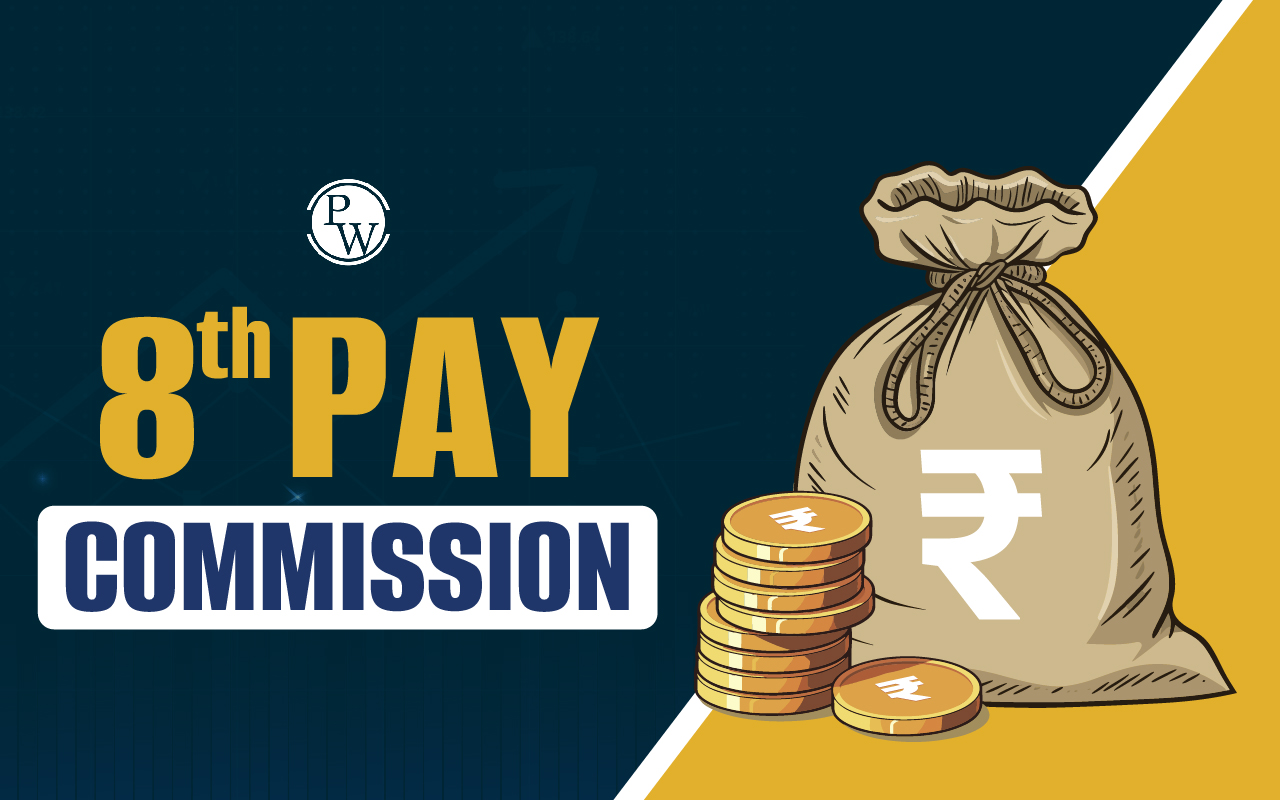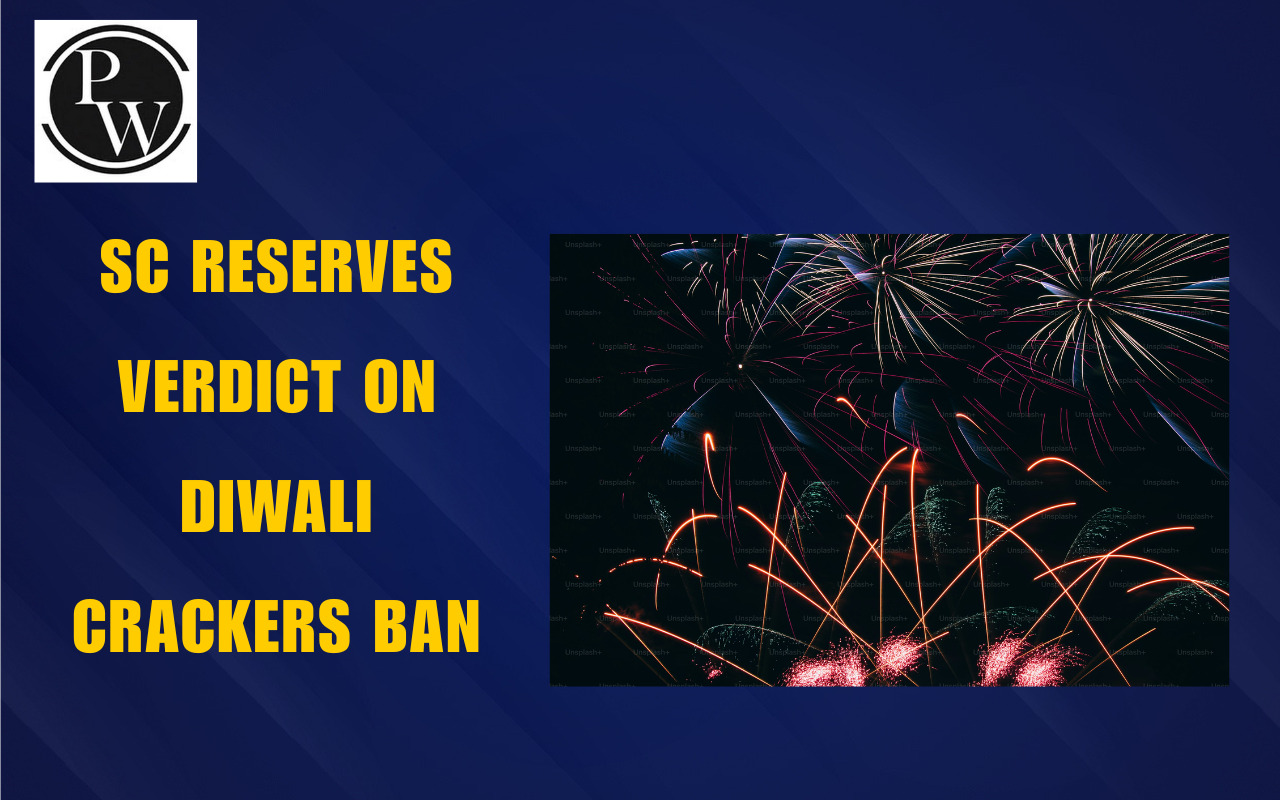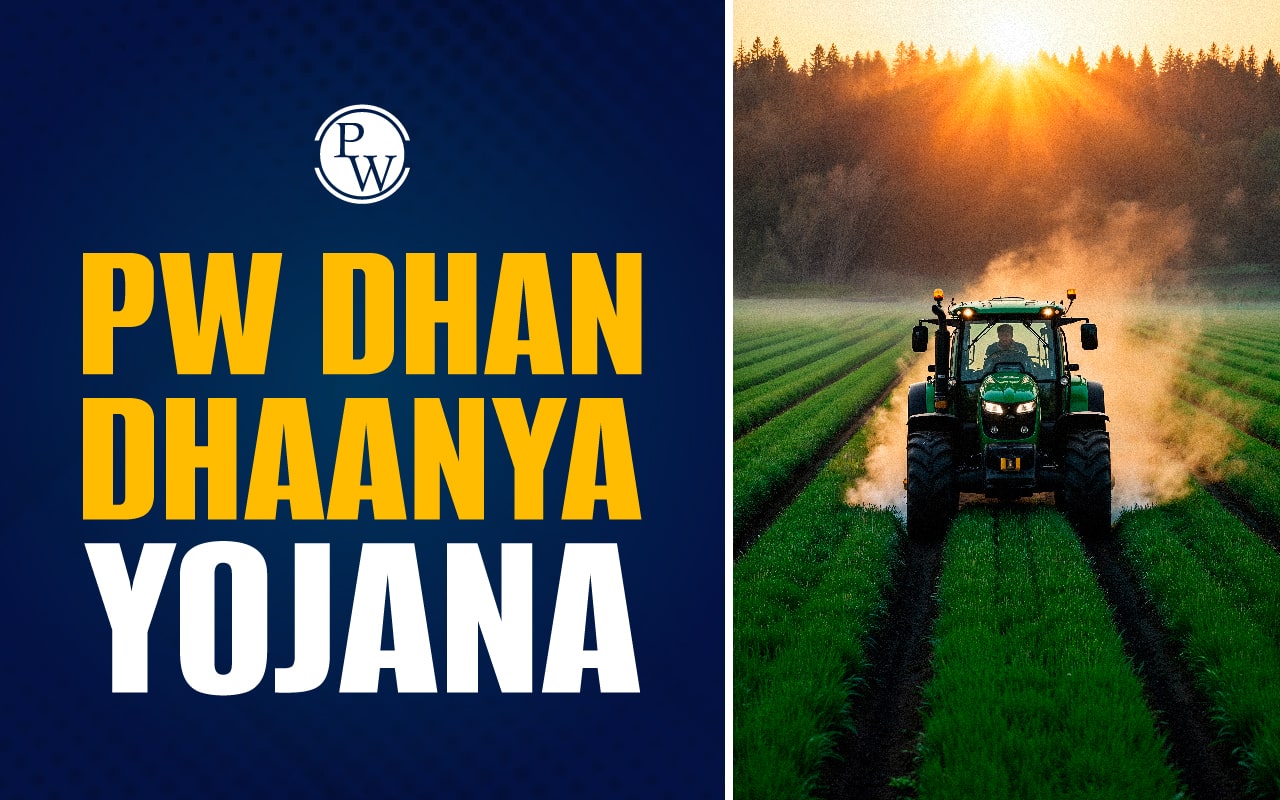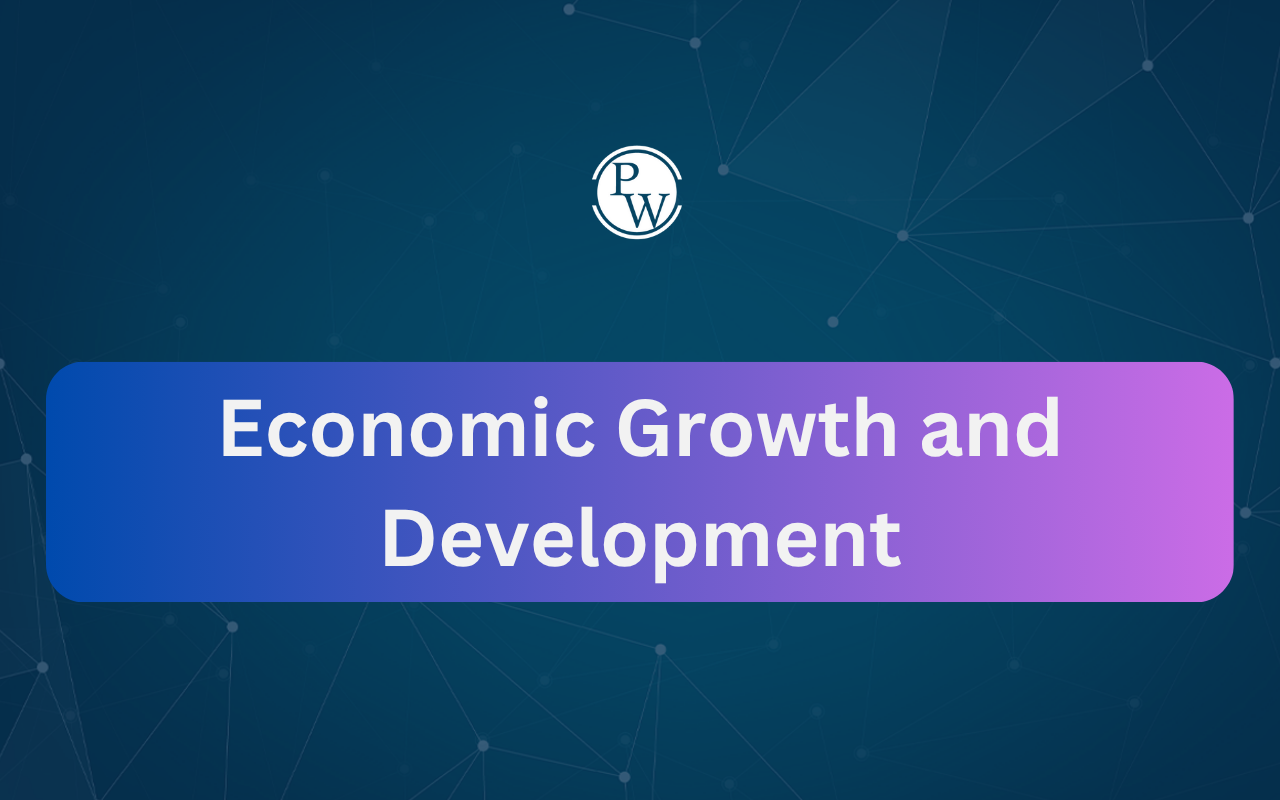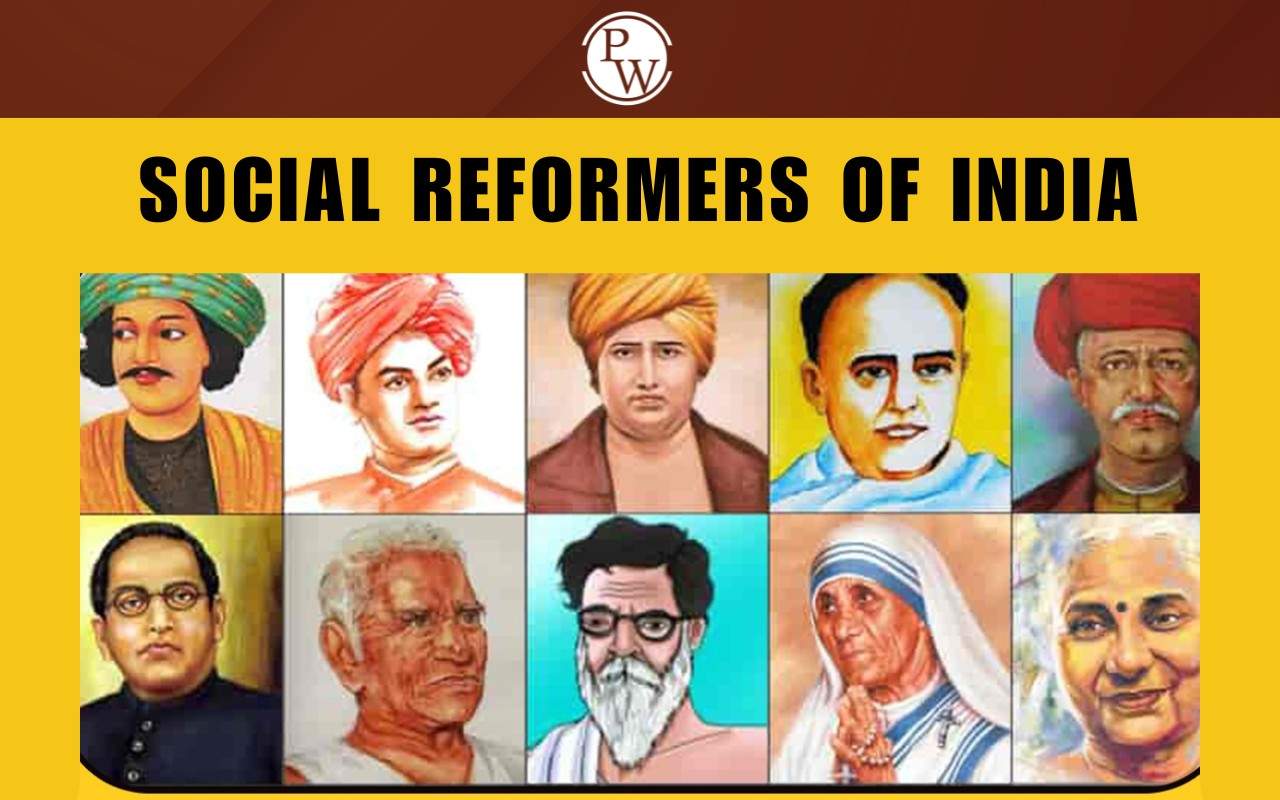

Goa Statehood Day is celebrated every year on May 30 to mark the occasion in 1987 when Goa attained full statehood and became the 25th state of India. This achievement came after Goa’s liberation from Portuguese rule in 1961, after which it was administered as a Union Territory.
The transition to statehood was formalized through the Goa, Daman and Diu Reorganisation Act of 1987, which separated Goa from the union territory of Daman and Diu, granting it a distinct political identity. In 2025, Goa will observe its 38th Statehood Day with joy, remembering how far the state has come since its formation.
Goa Statehood Day 2025
Goa Statehood Day 2025 will be celebrated on Friday, May 30, 2025. It marks the day when Goa was officially declared a full-fledged state in 1987. The shift from Union Territory to statehood allowed Goa to make its own laws, manage its own governance, and have its own elected legislature.
This brought more power to local leaders and helped preserve Goa's unique language and culture. On Goa Statehood Day 2025, people will take part in public events, flag hoisting ceremonies, and community celebrations that honour this important day.
39th Goa Statehood Day Celebrations 2025
This year, the 39th Statehood Day will be celebrated with great zeal and respect. The state-level event is scheduled to take place at the Dinanath Mangeshkar Kala Mandir, Kala Academy in Panaji, starting at 11 AM on May 30, 2025.
Key Highlights of the Celebrations:
The festivities will feature a range of cultural and commemorative activities, including:
- Book Launches: Publications focusing on Goa's political and cultural transformation since its liberation.
- Web Series Premiere: A new series that chronicles Goa’s journey from Portuguese colonization to its emergence as a vibrant Indian state.
- Photo Exhibitions: Displaying Goa’s rich heritage, scenic landscapes, and significant milestones in its development.
- Recognition of Iconic Goan Brands: A tribute to local businesses that have played a key role in shaping Goa’s identity and economy.
Goa Statehood Day History
Goa’s journey to statehood started after the end of Portuguese rule. Goa was under Portuguese control for over 450 years. In 1961, the Indian Armed Forces launched Operation Vijay and liberated Goa. After that, Goa was administered as a Union Territory. In 1967, the government held a referendum asking Goans whether they wanted to merge with Maharashtra.
The people chose to remain separate, protecting their distinct identity. Finally, on May 30, 1987, Goa was granted statehood. It became India’s 25th state. The government also recognised Konkani as the official language. This was a historic moment that gave Goans a stronger voice and preserved their unique heritage.
Also Read: Goa Liberation Day
History of Goa
Goa has a rich and diverse history shaped by the influence of multiple dynasties and foreign powers. From ancient Indian empires to centuries of Portuguese rule, each era has left a distinct imprint on the region’s culture, economy, and identity:
| Period | Rulers/Dynasties | Key Events & Contributions |
| Iron Age | Mauryan Empire | Goa referred to as Sunaparant, included in the province of Aparanta. |
| Post-Mauryan Period | Satavahana Dynasty | Continued administrative control; developed trade and governance. |
| 10th–14th Century | Kadamba Dynasty | Known as Goa’s golden age, active trade with Greeks and Romans; regional alliances formed. |
| 1510–1961 | Portuguese Colonial Rule | Portuguese invaded and defeated Bijapur Sultanate; introduced European culture and religion. |
| 1947–1961 | Portuguese Rule Post-Independence | Goa remained a Portuguese colony even after India's independence in 1947. |
In 1961, India liberated Goa, ending foreign rule. From that point, Goa began its journey as part of a free and democratic India. The path to statehood took another 26 years but finally became a reality in 1987.
About Goa: The Smallest State in India
Map of Goa Credit: www.goa.gov.in
Goa is India’s smallest state by area, with an area of just 3,702 square kilometers. Located along the western coast, it is known for its beautiful beaches, scenic landscapes, and vibrant lifestyle. Goa’s culture is a mix of Indian and Portuguese traditions. Its strong tourism industry, clean environment, and rich traditions make it one of the most loved destinations in India.
| Facts About Goa State | |
| Capital | Panaji |
| Official Language | Konkani |
| Principal Languages | Konkani, Marathi, English |
| Former Colonial Language | Portuguese (limited to older generations post-1961) |
| Area | 3,702 sq. km |
| Population (Total) | 1,458,545 (Males: 739,140; Females: 719,405) |
| Sex Ratio (2011) | 973 females per 1,000 males |
| Population Density (2001) | 364 per sq. km (North Goa: 437; South Goa: 300; India average: 324) |
| Literacy Rate | 80% (Male: 83.3%; Female: 76.4%) |
| Religious Composition | Hindu: 64.68%, Christian: 29.86%, Muslim: 5.25% |
| Forests | 1,424 sq. km (approx. 1/3 of total area); bamboo, Maratha bark, chillar, bhirand |
| Crops | Coconut, cashew, mango, jackfruit, pineapple |
| Minerals | Iron ore, manganese, bauxite, silica sand |
| Rivers | Mandovi, Zuari, Terekhol, Chapora, Betul, Tiracol, Sal, Talpona |
Celebration of Goa Formation Day 2025
Goa Statehood Day is celebrated with pride and joy. In 2025, the 38th Goa Formation Day celebrations will include official events, cultural performances, and public gatherings. The day usually starts with the hoisting of the national flag by the Chief Minister or Governor, followed by:
-
Cultural Programs: Folk dances, music performances, art exhibitions, and Konkani plays.
-
Awards & Honors: Felicitation of notable Goans for contributions to society and culture.
-
Educational Events: School and college debates, essay competitions on Goa’s history and identity.
-
Evening Celebrations: Fireworks, concerts, and community gatherings in major towns.
-
Tributes: Remembrance of Goa’s liberation struggle and honoring past leaders.
To explore more about Indian states, history, and UPSC topics, check out the comprehensive PW’s UPSC Courses and boost your exam preparation today!
Goa Statehood Day 2025 FAQs
When did Goa become India's state?
When is Goa Statehood Day 2025?
What is the difference between Goa Liberation Day and Goa Statehood Day?
What language was made official when Goa became a state?
How is Goa Statehood Day celebrated?

UPSC Coaching



